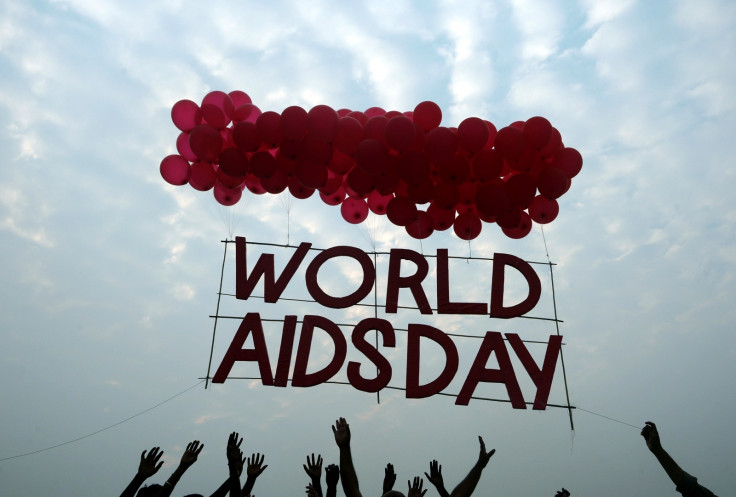HIV timeline: Ten dates that changed the face of the AIDS epidemic
A lot of progress has been made since the 1980s to combat HIV and AIDS.
Around the world, more than 36 million people are living with HIV. When the virus was first discovered at the beginning of the 1980s, many people were dying of AIDS-related diseases.
As AIDS overtook cancer as the scariest disease you could get, patients faced a huge amount of stigma. Although a lot of progress was made in the decades that followed to find a treatment and improve patients' care, it wasn't until 1987 that the first antiretroviral drug to combat HIV was approved in the US.
Things have changed dramatically since then, and people with access to treatment who take it as prescribed can now go on to live a normal lifespan and to have babies. They can't pass on the virus to others.
It has been a long journey to get there and there are still a lot of challenges. Among the priorities are finding a vaccine, and even eventually a cure, and making sure the best preventive strategies are in place to stop the global epidemic in its tracks.
IBTimes UK takes a look at 10 of the key dates that have changed the face of the epidemic.
1981: The US Centers for Disease Control and Prevention (CDC) publish a Morbidity and Mortality Weekly Report (MMWR), describing cases of a rare lung infection in five young, previously healthy, gay men in Los Angeles. This document marks the first official reporting of what will become known as the AIDS epidemic.
1982: The term AIDS is used and defined for the first time by the CDC as "a disease at least moderately predictive of a defect in cell-mediated immunity, occurring in a person with no known case for diminished resistance to that disease".
1983: Scientists identified the virus that might be responsible AIDS. They confirm their discovery in a press conference a year later.
1985: The first commercial blood test to detect HIV antibodies in the blood is licensed.
1987: The US Food and Drug Administration (FDA) approves the first antiretroviral drug, zidovudine (AZT).
1988: The first World AIDS Day is established on 1 December.

1995: The FDA approves the first protease inhibitor - a new class of antiviral drugs. This ushers in a new era of highly active antiretroviral therapy (HAART) - the now standard and highly effective treatment for HIV consisting of a combination of at least three drugs.
2008: Publication of the Swiss Statement. The document issued by the Swiss National AIDS Commission states that an HIV-infected person on antiretroviral therapy with an undetectable viral load for at least six months is not sexually infectious. The landmark Partner study which confirmed those results was published in 2016.
2012: The anti-retroviral treatment Truvada is approved for use in the US as a preventive treatment for people at high-risk of becoming infected.
2016: The US National Institutes of Health and partners launch a large HIV vaccine trial in South Africa, which represents the first time since 2009 that the scientific community has embarked on an HIV vaccine clinical trial of this size.
© Copyright IBTimes 2025. All rights reserved.






















